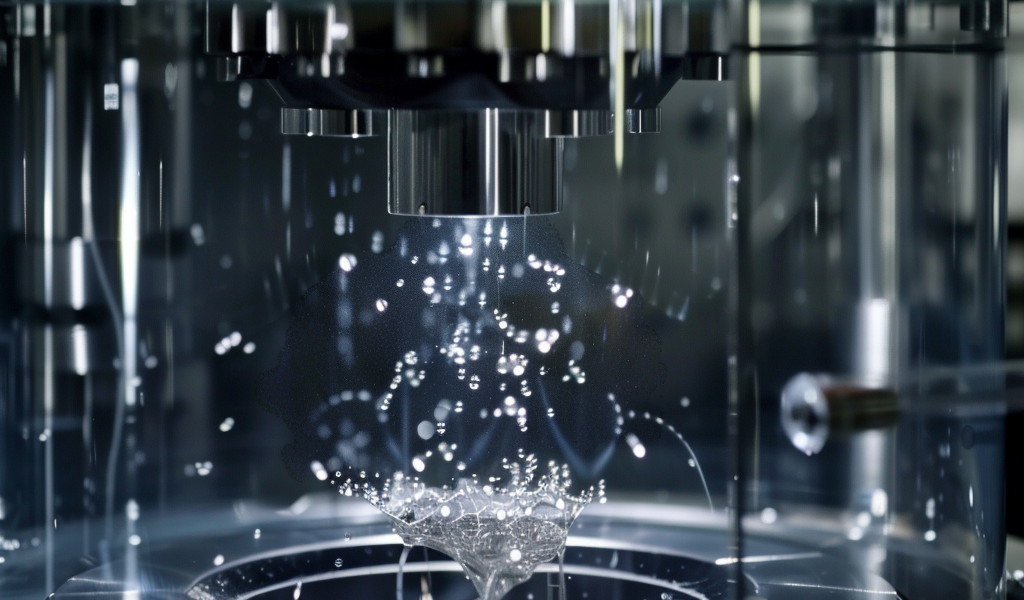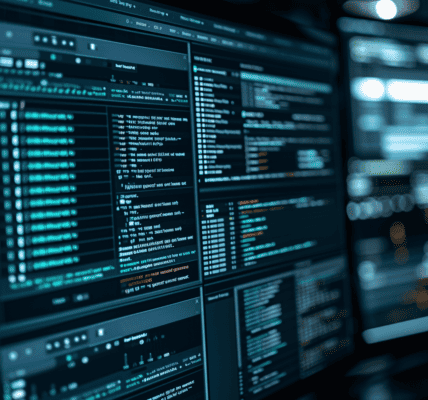Coulomb crystals and cosmic clues have been at the center of unraveling the mysteries of space chemistry in a recent breakthrough study. The interstellar space, often perceived as empty, is actually teeming with atoms, ions, and molecules, creating a fascinating environment known as the Interstellar Medium (ISM). Over 200 unique molecules have been identified in the cold, low-pressure ISM, prompting scientists from various disciplines to explore the chemical reactions occurring in this ethereal realm.
In a groundbreaking research effort featured in the Journal of Physical Chemistry A, Heather Lewandowski, a JILA Fellow and Physics Professor at the University of Colorado Boulder, along with former JILA graduate student Olivia Krohn, shed light on their innovative approach to simulate ISM conditions using Coulomb crystals. These cold pseudo-crystalline structures allowed the researchers to observe interactions between ions and neutral molecules, providing valuable insights into ISM chemical dynamics.
The team’s experimental setup involved precise laser cooling and mass spectrometry techniques to manipulate quantum states, effectively replicating ISM chemical reactions in a controlled environment. By focusing on ion-neutral reactions, the researchers aimed to decipher key aspects of the ISM’s chemical composition, marking a significant step towards understanding the cosmic chemical evolution.
Olivia Krohn, the lead author of the study, emphasized the importance of ion-neutral molecule reactions in unraveling the mysteries of the ISM. The experimental apparatus developed by the Lewandowski group was specifically designed to investigate these reactions at relatively cold temperatures, mirroring the conditions prevalent in interstellar space.
During the experiment, the research team loaded an ion trap within an ultra-high vacuum chamber with a variety of ions, introducing neutral molecules separately to initiate ISM-type chemical reactions. While the reactants were known beforehand, the outcomes of the chemical experiments remained unpredictable, leading to the discovery of novel reaction products. By utilizing different combinations of ions and neutral molecules resembling those found in the ISM, such as CCl+ ions derived from tetrachloroethylene, the researchers explored a diverse range of chemical reactions.
The study’s findings have significant implications for the field of astrochemistry, offering valuable insights into the fundamental processes shaping the chemical landscape of interstellar space. By leveraging Coulomb crystals and advanced experimental techniques, scientists are edging closer to unraveling the complex chemistry of the cosmos and unlocking the secrets hidden within the vast expanse of the ISM.





